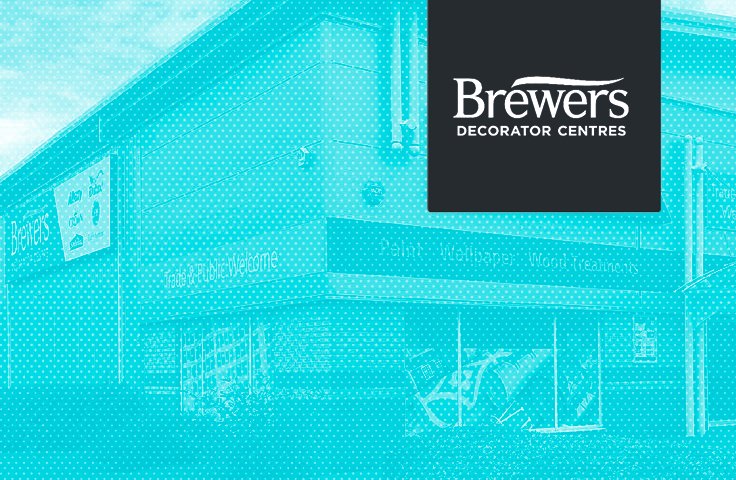Challenges
Due to changes to protocols due to COVID-19 and the aerosol nature of transmission of the virus, an assisted care company decided they required a more comprehensive and specialized audit tool. They had already been using FORM to perform semi-annual facility audits that assessed safety, brand compliance, and patient health. The logical solution was to create a new branch in their audit tool that would cover the new protocols. Because the protocols were still relatively new, the new branch needed to use clear logic to guide auditors through the form. It also was required to show the correct actions to take to correct any issues that were uncovered. The solution was expected to incorporate workflows to notify different departments when their involvement was necessary. Finally, administrators desired high-level analysis tools to examine data over time and by location.
What we’ve built
The solution focuses on both behavioral safety protocols and physical inspections of assets and facilities. Prompts within the form immediately notify the auditor and present personnel of the correct protocol and actions to mitigate the risk.
Should further intervention beyond on-the-spot mitigation be necessary, specialized email notifications and tasks are programmatically launched for the appropriate departments or individuals.
Administrators track audits and subsequent action items in regionalized dashboards or on a central dashboard at the corporate level. Dashboards also allow management to track aggregate trends across the entire organization.
The result
Branching off a standalone COVID-19 infection control audit allowed for a more frequent and focused assessments. Additionally, it enabled ad hoc inspections when non-conformities arose during daily operations.
Facility managers now have a standardized tool to ensure that the right protocols are known and properly evaluated, allowing them to ensure that issues are quickly remediated.
Operational leaders now have a clear understanding of where potential risk areas lie at the local, regional, and global levels. They can quickly focus communications and training to mitigate issues that are not trending toward complete compliance.


